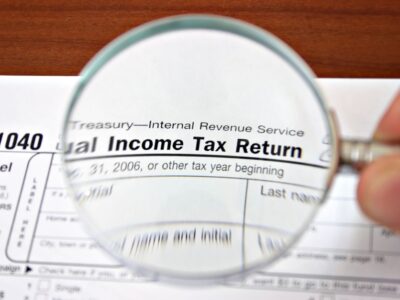Prime lending rate, base rate policy and MCLR are some of the terms many borrowers are unfamiliar with. All of these policies have been introduced by the Reserve Bank of India to make the loan facility more accessible to the best customers at more competitive rates. However, there are some important points to note before considering these policies.
Prime Lending Rate
Prime lending rate is the interest charged by a commercial bank to its borrowers who are most creditworthy. The policy was introduced as Benchmark Prime Lending Rate or BPLR in 2003. Thus, according to this policy, borrowers with exceptional credit scores would be charged a much lower interest rate compared to others.
The main drawback of the policy, however, was that it had no fixed formula to calculate the prime rate of interest to be charged. And as result, the banks would charge different interest rates from different borrowers. Thus, the RBI’s repo rate could not be linked with the interest rates of these commercial banks. So the prime lending rate was a failure.
Although RBI introduced Base Rate Policy or BRP by giving the policy a fixed formula, that too did not work out as the formula was not permanent. Also, The Base Rate, just like the Prime Lending Rate, showed no changes in the interest of the banks when the repo rates were changed.
Features
- At least as it was thought of, the banks would charge low interest rates from borrowers who had a good credit score.
- There was no given formula to decide the interest rates for the borrowers. Some borrowers would be charged significantly low and others high. Even with the introduction of the Base Policy Rate much did not change as the formula for the calculation of interest rate still remained the same.
- The base rate calculation for every commercial bank would be different as some would go for the average cost of funds while others for the marginal cost of funds.
- Low SLR returns are taken into consideration in this policy.
MCLR
Marginal Cost of Funds Based Lending, also known as MCLR, was introduced in the year 2016 to fix the problem of Prime lending rate and Base rate. The essential concept is almost the same in MCLR but with a major distinguishing factor this time. Now the RBI devised a fixed calculation rule according to the computation of interest rates and their relation to the repo rates. This policy was only applicable to commercial banks with the prime objective being to increase the transparency of these banks.
Features
- A fixed formula was given by RBI to calculate the interest rate.
- The calculation rate would be the same for all the commercial banks
- NBFC is not included in this policy.
- No SLR returns are considered here.
- Banks could only take 92% of their marginal cost of borrowing and only 8% on the net worth.
- Interest rates under MCLR are relatively lower compared to both Prime lending rate and Base rate policy.
These are just the basic details. You can also, if you want, know more about them to understand them better.
Effects Of Prime Lending And MCLR On Loans
The effect of prime lending rate on loans has majorly been to offer loans at low interest rates to its borrowers. Although not much remains in the hands of the borrowers to determine the interest rates, the credit score can play an important part in determining the interest rate.
When it comes to MCLR, it is directly linked to tenure and EMI. This is the reason why the MCRL charges are higher in the initial years and only later do they get lower.
Also, the borrower cannot see the immediate benefits if the MCLR of a commercial bank falls. This is because MCLR is usually set for a one year reset period. So if you take a loan in April 2020, and the RBI lowers the repo rate in December 2020, then you can only witness the effect on your interest rates directly in the next year in April 2021.













Comments